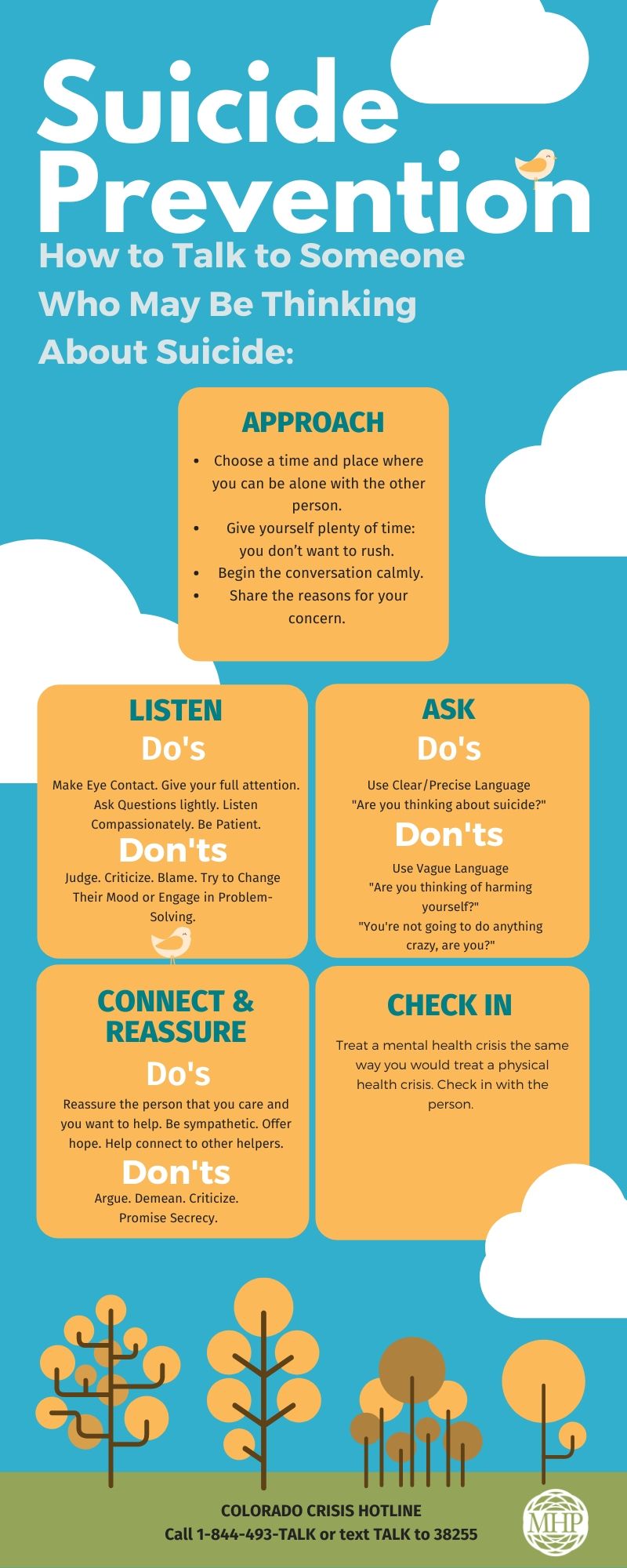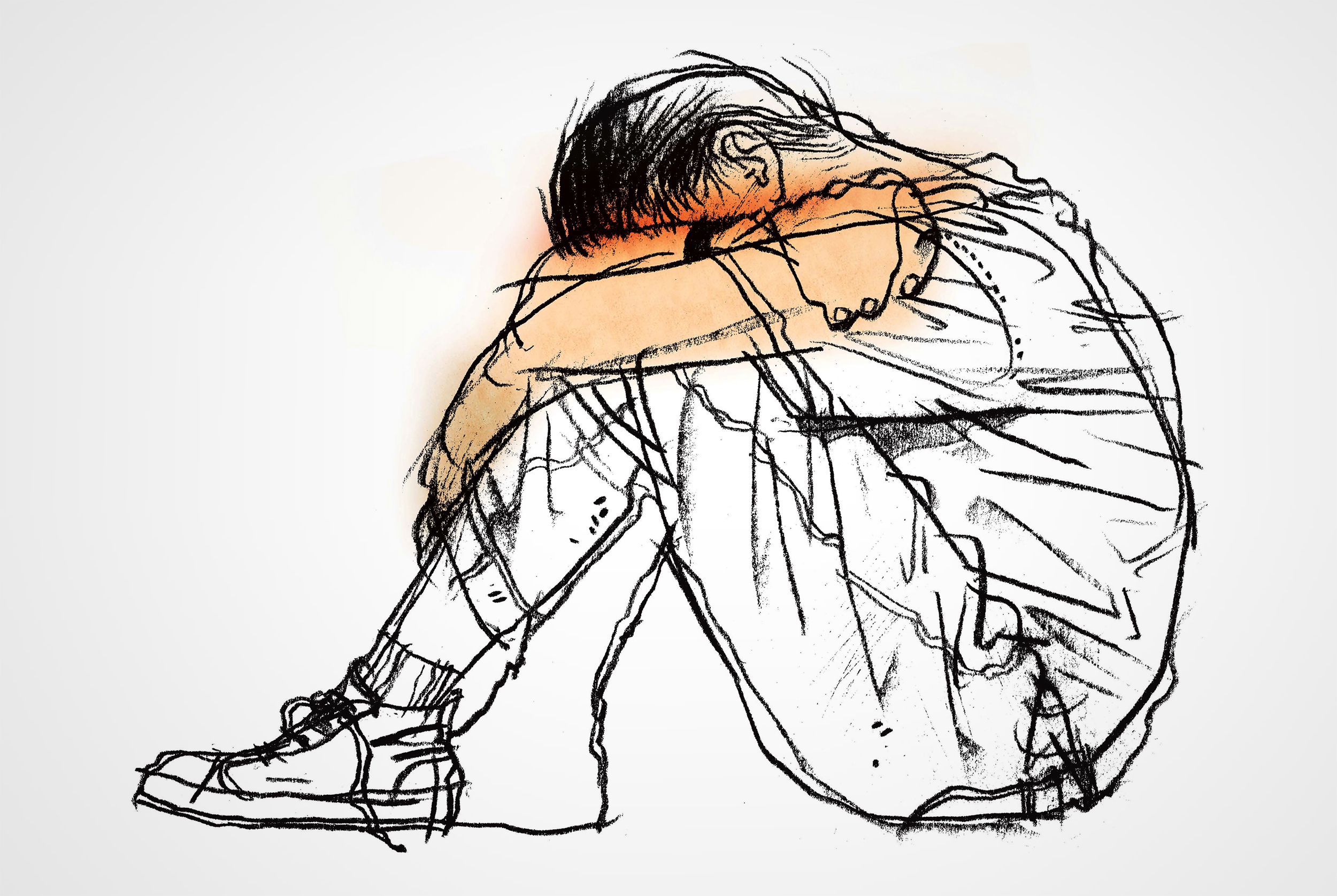Trigger warning: this article mentions suicide and death.
Mental Health — we all have it, and now we should all strive to be more open and vulnerable about it.
TheraPieces* is a Slice of Culture monthly column by Mendez, who has a Master of Social Work degree in clinical/medical social work.
Photo courtesy of Sacramento Bee / MCT Graphics via Getty Images.
Suicidal behavior is an increasingly major issue worldwide, but still receives little attention.
Separating the concept of someone having the capability to engage in suicidal behavior from the desire to engage in suicidal behavior is important when we think about how to treat and care for those undergoing this major issue.
However, there is still a lack of theory development.
According to Schneiderman, suicide “is a condition that will not occur without excessive psyche-ache, meaning, mental pain.” He also said it’s “not a disease, but as a series of acts with a common endpoint.”
What this tells us is that suicidality is described as the imminent way of the body’s response to wanting the pain to end. It is wanting to find the answer to seeking safety and peace the fastest and best way possible. It’s wanting the suffering to extinguish itself for good.
The Centers for Disease Control and Prevention (CDC) Data & Statistics Fatal Injury Report for 2021, states that “Suicide is the 11th leading cause of death in the United States” with a reported 48,183 individuals who have died by suicide. The number of attempts in 2021 were 1.70 million. Whether that sounds like a lot to you or not, it can be daunting to think about 1.70 million suffering from excessive mental pain.

There have been many disputes and differing views about suicide; some have said that it’s “an act of sin” or “a crime.” It’s even medicalized as an actual disease. Therefore, it gets a lot of stigma when it comes to opening up a conversation about it.
When it comes to talking about suicide, the topic of whether if it’s right or wrong isn’t important here.
We need to talk about it because there are real people suffering from it and it should be encouraged to be able to understand one’s pain, suffering, flow of the mind, thought processes and when to seek professional help.
Suicidal ideation and suicide alone gets the serious reputation of being “the silent suffering” because often it occurs without any warning signs.
Warning signs are the identifiers and symptoms that pose a risk to suicidal behaviors. The signs can be physical, concrete, emotional and/or theoretical.
Some may include depression, life/bodily changes, crises, self-harm or self-loathing, and thoughts about wanting to not live anymore. Some warning signs however, are not always visible.
Suicide does not have a distinct look and we may not always be able to tell if a person is about to attempt suicide. It is a very scary and unfortunate thought, but not uncommon and something to be mindful of when treating other people.
If you or a loved one is seeking help for suicidal thoughts/ideation, you are not alone and you are safe to share your feelings.
The Suicide and Crisis Lifeline is 988.
I will leave you all with this final thought: The pain, feeling, and thoughts are only temporary and in passing. You will and are able to survive through the bad days, one breath at a time.
If you want a specific topic related to mental health covered, Daniella Mendez may be reached at dm3728@columbia.edu.


